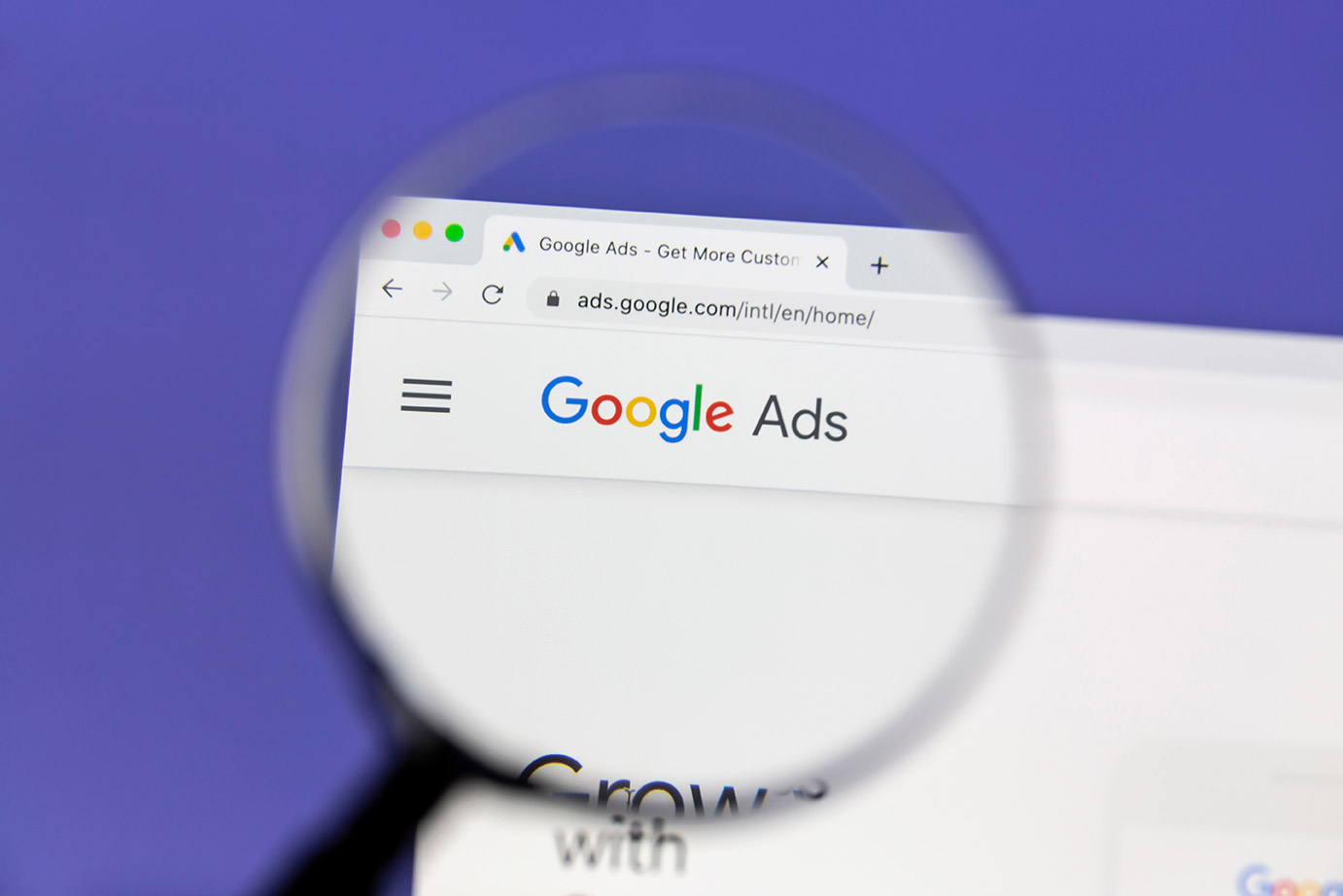
In the pre-internet era, small businesses often relied on word-of-mouth, flyers, and local advertising to reach potential customers. While these methods were effective to some extent, they had limitations in terms of reach and engagement. Your flyer could be impressive, but it only worked if someone actually picked it up. Local advertising had a broader reach, but the costs were often prohibitive for small businesses operating on a limited budget.
Enter the digital age. With the widespread adoption of the internet and smartphones, the marketing landscape has shifted dramatically. Now, consumers are just a click away, and reaching them has become more accessible than ever. From social media to email campaigns, small businesses have a plethora of options to connect with their target audience. However, the ease of access also brings increased competition. The internet is a crowded space, and standing out requires a strategic approach.
This is where content marketing comes into play. In the modern business environment, where consumers are bombarded with ads and promotional messages every day, content marketing offers a different approach. Instead of pushing products or services, it focuses on providing valuable information to the consumer. By doing so, small businesses can not only reach potential customers but also establish themselves as experts in their field.
Content marketing isn’t a magic bullet, but it’s an essential tool for small businesses looking to make an impact in today’s competitive digital landscape. It offers a cost-effective way to reach a broader audience, engage potential customers, and build brand loyalty.
In the chapters that follow, we will delve into the intricacies of content marketing, from understanding its fundamentals to implementing effective strategies for customer retention and measuring ROI. By the end, you’ll see why content marketing is not just an option but a necessity for small businesses in the evolving marketing landscape.








